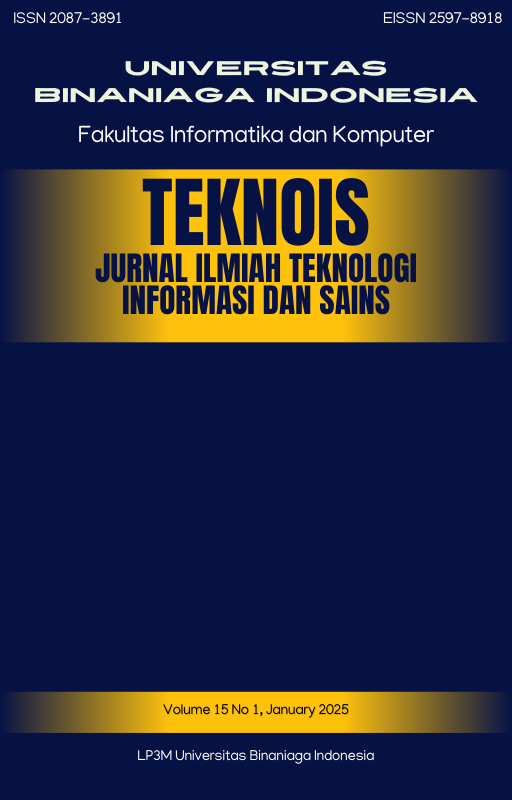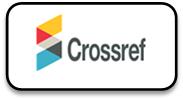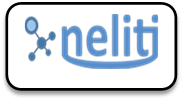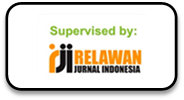Penerapan Metode Simple Additive Weighting Untuk Penentuan Siswa Praktek Kerja Lapangan
DOI:
https://doi.org/10.36350/jbs.v15i1.275Keywords:
Academic, Field Work Practice, Simple Additive Weighting, Decision Support SystemAbstract
This study highlights the problem of determining students for Field Work Practice in Vocational High Schools which is still subjective and lacks objectivity. To overcome these obstacles, this study applies the Simple Additive Weighting (SAW) method as a decision-making algorithm in determining students for Field Work Practice. The purpose of this study is to improve objectivity and accuracy in determining students for Field Work Practice in Vocational High Schools by applying the Simple Additive Weighting (SAW) method. In addition, this study aims to develop a prototype of an information system that provides recommendations for Field Work Practice students more effectively and can be implemented in an educational environment. The SAW method is used by determining the weight for each criterion, such as academic achievement, relevance of study programs, skills, and interview or test results. The main objective is to provide more accurate and effective student recommendations in Field Work Practice placement, replacing the subjective approach currently applied. The results of the study involve the development of a prototype of an information system that can provide student recommendations for Field Work Practice using the SAW method. The trial was conducted with a questionnaire, and the results showed that this system was considered very feasible, achieving a satisfaction level of 92%. The conclusion of this study shows that the application of SAW in determining Field Work Practice students in Vocational High Schools can improve the accuracy and effectiveness of the selection process, bringing a better solution to connect the world of education with the needs of the world of work.
Downloads
References
[1] E. Afriyeni, B. Chandra, N. Novadilastri, and A. Tanjung, “Identifikasi Praktik Kerja Lapangan dalam Meningkatkan Kompetensi Mahasiswa,” Menara Ilmu, vol. 18, no. 2, Jan. 2024, doi: 10.31869/mi.v18i2.5056.
[2] F. S. Wardani, C. Dyah Sulistyaningrum, and Susantiningrum, “ANALISIS PELAKSANAAN PRAKTIK KERJA LAPANGAN DALAM MEMPERSIAPKAN SISWA MEMASUKI DUNIA KERJA DI ERA REVOLUSI INDUSTRI 4.0,” Jurnal Informasi dan Komunikasi Administrasi Perkantoran, vol. 3, no. 4, 2019.
[3] A. Santika, E. R. Simanjuntak, R. Amalia, and S. R. Kurniasari, “PERAN PENDIDIKAN SEKOLAH MENENGAH KEJURUAN DALAM MEMPOSISIKAN LULUSAN SISWANYA MENCARI PEKERJAAN,” Paedagoria: Jurnal Kajian, Penelitian dan Pengembangan Kependidikan, vol. 14, no. 1, 2023.
[4] M. Rismawan, M. Miftahudin, and R. Ghaniy, “Penerapan Metode SAW Untuk Rekomendasi Penentuan Penerimaan Backend Engineer,” TeknoIS: Jurnal Ilmiah Teknologi Informasi dan Sains, vol. 13, no. 2, pp. 301–312, Jul. 2023, doi: 10.36350/jbs.v13i2.217.
[5] W. Wibowo, A. Pariddudin, and S. Syafrial, “Penerapan Metode Simple Additive Weighting (SAW) Dalam Rekomendasi Lokasi Pembangunan Sistem Drainase,” TeknoIS: Jurnal Ilmiah Teknologi Informasi dan Sains, vol. 14, no. 1, pp. 102–109, Jan. 2024, doi: 10.36350/jbs.v14i1.236.
[6] R. Ardhiyani and H. Mulyono, “ANALISIS DAN PERANCANGAN SISTEM INFORMASI PARIWISATA BERBASIS WEB SEBAGAI MEDIA PROMOSI PADA KABUPATEN TEBO,” vol. 3, p. 952, Jun. 2018.
[7] S. N. Mu’arivah, C. O. Pormes, E. T. N. Fitriana, S. Salsabila, and W. Sanusi, “Pengembangan Media Pembelajaran Interaktif Berbasis Scratch pada Pemrograman Web untuk Siswa SMK,” TeknoIS: Jurnal Ilmiah Teknologi Informasi dan Sains, vol. 14, no. 1, pp. 56–65, Jan. 2024, doi: 10.36350/jbs.v14i1.229.
[8] I. Irmayansyah and A. N. Rossdiana, “Penerapan Metode Fuzzy Tsukamoto untuk Prediksi Jumlah Produksi Tanaman Cabai,” Teknois: Jurnal Ilmiah Teknologi Informasi dan Sains, vol. 11, no. 1, pp. 27–38, May 2021, doi: 10.36350/jbs.v11i1.98.

Downloads
Published
Issue
Section
License
Copyright (c) 2025 TeknoIS : Jurnal Ilmiah Teknologi Informasi dan Sains

This work is licensed under a Creative Commons Attribution-NonCommercial-ShareAlike 4.0 International License.








